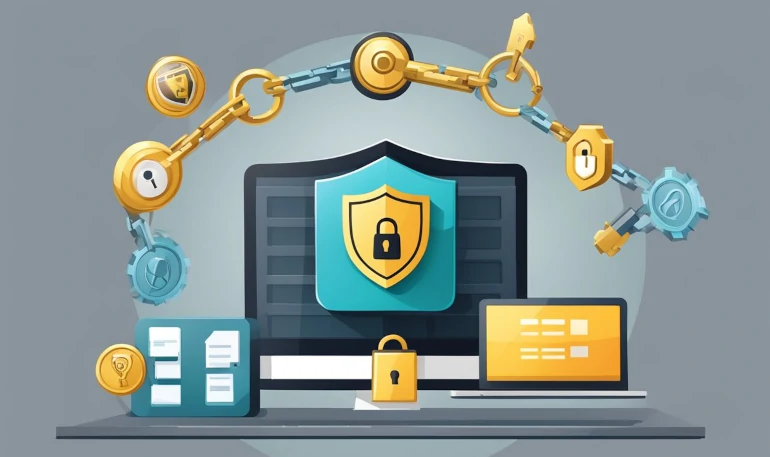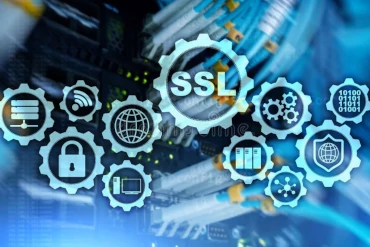
Essential Network Protocols For Communication In the Current World
When it comes to network communication, protocols are the fundamental rules that ensure proper functioning. They define how data is transmitted, received and interpreted. Understanding the different types of network protocols is essential for any professional who wishes to optimize communication and security within an IT infrastructure.
One of the best known types is the HTTP (Hypertext Transfer Protocol), which is used to download web pages. Without it, we wouldn't be able to access the websites we use every day. HTTP ensures that information is sent and received correctly between servers and browsers. Its most secure version, the HTTPS, adds a security layer, essential for financial transactions and data protection.
Another important protocol is the TCP/IP (Transmission Control Protocol/Internet Protocol). This set is the heart of the internet. TCP manages the transmission of data packages, ensuring that they arrive in order and without errors, while IP is responsible for addressing and routing this information. Understanding TCP/IP is crucial for those who want to work in networks.
The Wireless Network Protocols, such as Wi-Fi (Wireless Fidelity), are key to mobile connectivity. They allowed the internet to become an accessible resource anywhere, eliminating the need for wires. This technology has revolutionized the way we connect and interact on a daily basis.
In addition, we must not forget thesecurity protocols, such as the SSL/TLS (Secure Sockets Layer/Transport Layer Security), which ensure that data exchanged on the internet is encrypted, thus protecting sensitive information. As digital threats increased, the use of security protocols became an urgent necessity.
In a corporate environment, the Communication protocols such as the SMTP (Simple Mail Transfer Protocol) and the POP3 (Post Office Protocol) are essential for sending and receiving emails. The choice of the right protocol can directly impact the efficiency and security of internal communication.
Understanding the different types of network protocols is more than a technical issue; it is a strategic need. The choice of appropriate protocols can significantly improve the performance, safety and efficiency of your IT infrastructure.
The first step to the race for the highest speed in technology is to master communication.
-Eric Schmidt, Google's ex-CEO

- HTTP for safe navigation
- TCP/IP and delivery guarantee
- Wi-Fi and connected mobility
- SSL/TLS: data protection
- SMTP for sending emails
- POP3 for receiving emails
- Network protocols and efficiency
